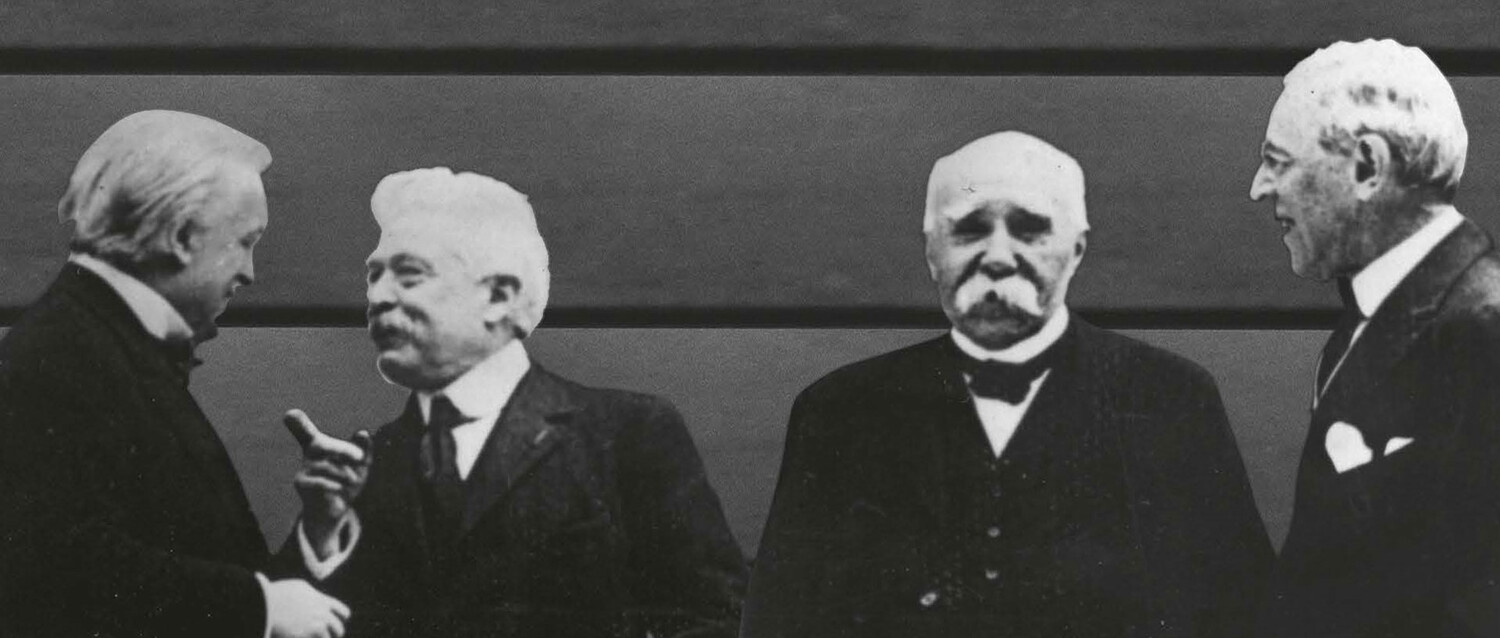On September 10, 1919, less than a year after losing World War I, the still young Republic of Austria had to sign a painful peace treaty at the Château de Saint-Germain-en-Laye – painful in that it imposed strict conditions and large territorial losses for Austria. The no less harsh Treaty of Trianon, between the victorious Triple Entente and Hungary, followed in June 1920.
The end of World War I, which had been triggered by Austria-Hungary in 1914 with the declaration of war on Serbia, brought a sigh of relief across Europe, democratization and several new states on the Central and Eastern European map, which had previously been dominated by the Habsburg monarchy. But what consequences did the peace treaties have for history and how can they be judged from today's perspective? The historian Arnold Suppan addresses these questions in his new book "Imperialist Peace Order – Saint-Germain and Trianon, 1919-20", published by the Austrian Academy of Sciences Press.
Curtailing Berlin’s imperialist politics
For his book Suppan researched previously unknown archive material, especially from East-Central and Southeast Europe, in order to develop a comprehensive perspective of the two peace treaties. The result is a synopsis of the most important political, social and economic problems that resulted from the dissolution of the Habsburg monarchy, and also of the interests of the victorious Allied powers and the new successor states.
The two treaties, together with the peace treaty of Versailles (June 1919), which concerned Germany in particular, were to make peace after the "great seminal catastrophe" of the First World War. As we know, however, they did not last long. One of the main reasons for the harsh treatment of Austria and Hungary by the Allies was that both Vienna and Budapest had supported the imperialist politics of Berlin and there was the fear that they might continue to do so.
In his book, Suppan pits himself against the decade-long predominantly positive assessment of the two treaties in international history. "Despite warning voices at the time, even among the victorious powers, the Allies were indifferent to the fate of future Austria and Hungary. The legitimate interests of the losing states were not taken into consideration", Suppan says.
New state borders without regard for minorities
The historian views critically the fact that some of the state borders after the war were drawn primarily according to strategic, foreign policy or economic considerations, but did not take the ethnic context into account, contrary to US President Woodrow Wilson’s stipulation before the peace conference. Because predominantly Hungarian or Austrian regions fell to other states, conflicts were inevitable, for example in Bohemia, between Slovakia and Hungary, between Hungary and Romania, as well as around the coast and South Tyrol. Suddenly, millions of minorities lived in what they perceived to be the "wrong" country.
No less problematic, says Suppan, were a number of financial and economic provisions, such as the imposition of a general forfeit on all Austrian and Hungarian possessions, and making the countries completely dependent on the consent of the victorious powers until 1930.
Suppan discusses these issues and many more in "Imperialist Peace Order – Saint-Germain and Trianon, 1919-20", including how the historic view of the great peace treaties has changed over the decades, and what impact they still have today for Austria, Hungary and Europe. The English-language book, which will be published on 15 September 2019 by the Austrian Academy of Sciences Press, has 250 pages, 28 illustrations and two maps. It will cost 29 euros.
09.09.2019
New book puts peace treaty of Saint-Germain under scrutiny
